I am developing a driver for an SPI temperature sensor, and having some trouble with poor quality edges near the end of packet on the data lines.
While I am not experiencing any data loss, I am worried this is evidence of a larger issue; any suggestions on potential simple causes of this problem would be welcome.
Temperature Sensor Data Sheet

